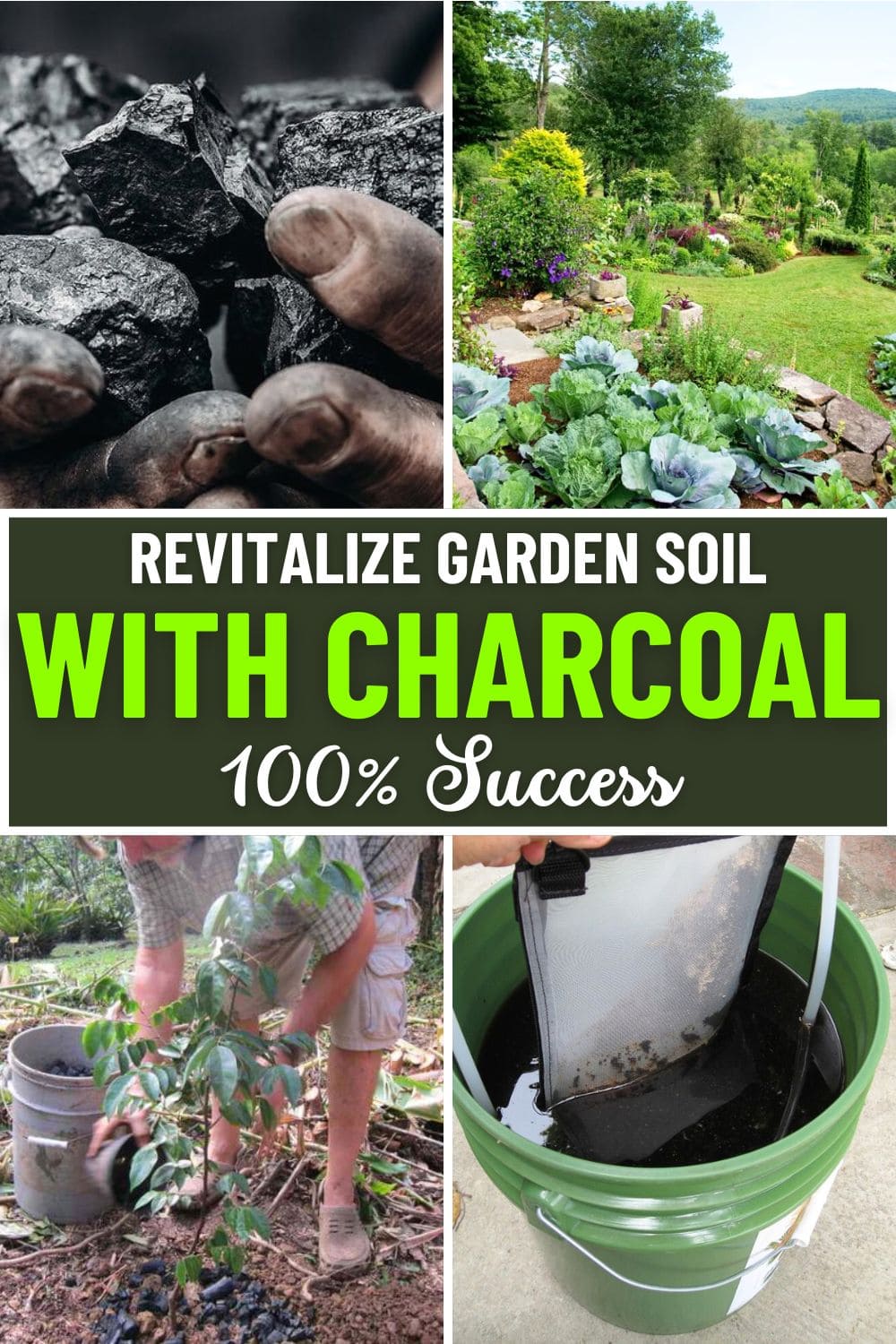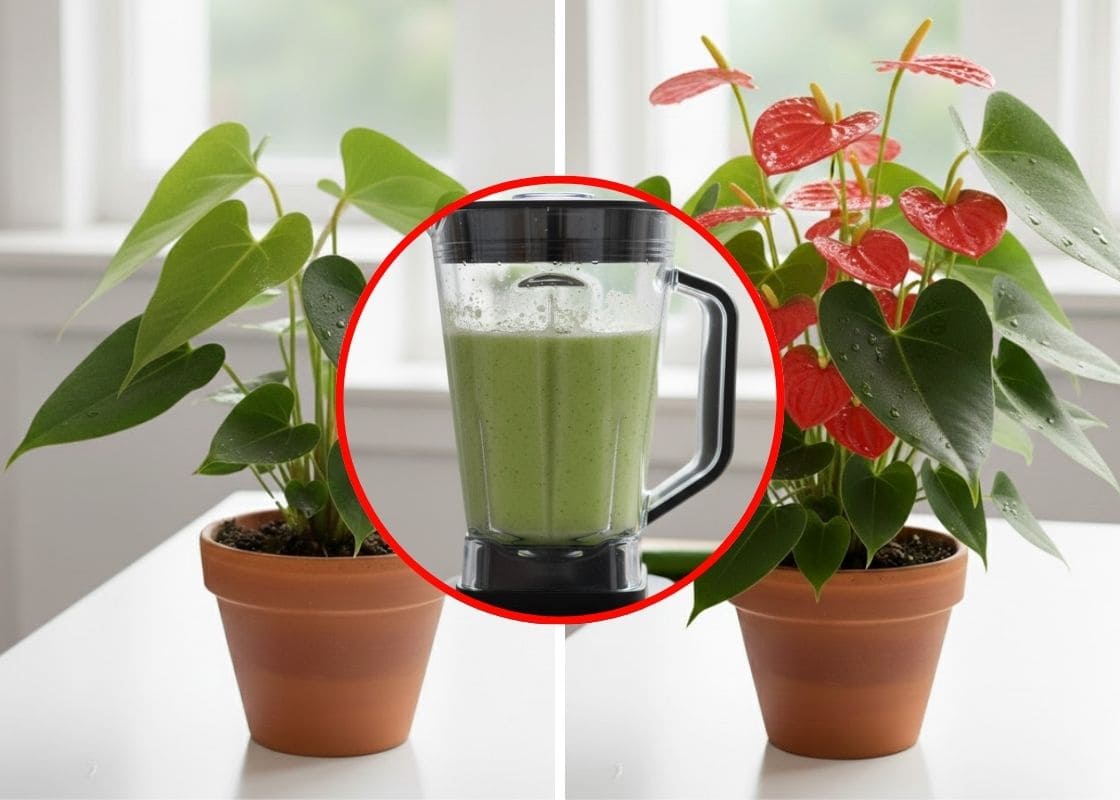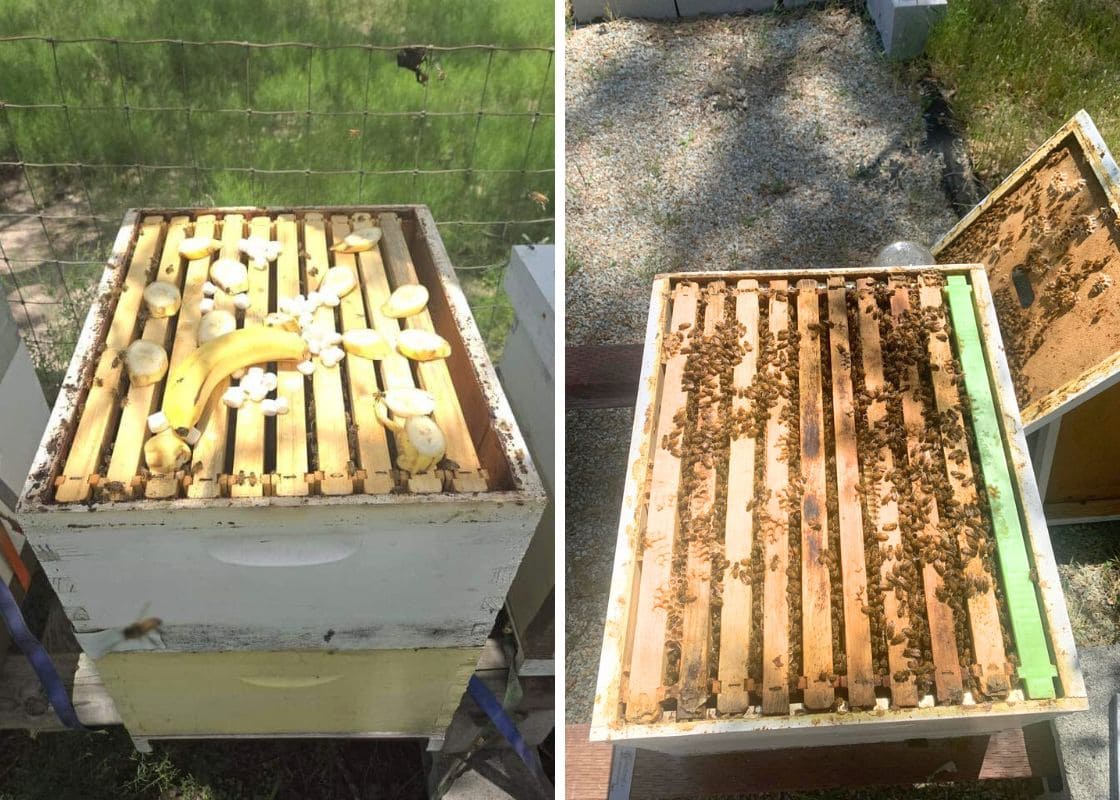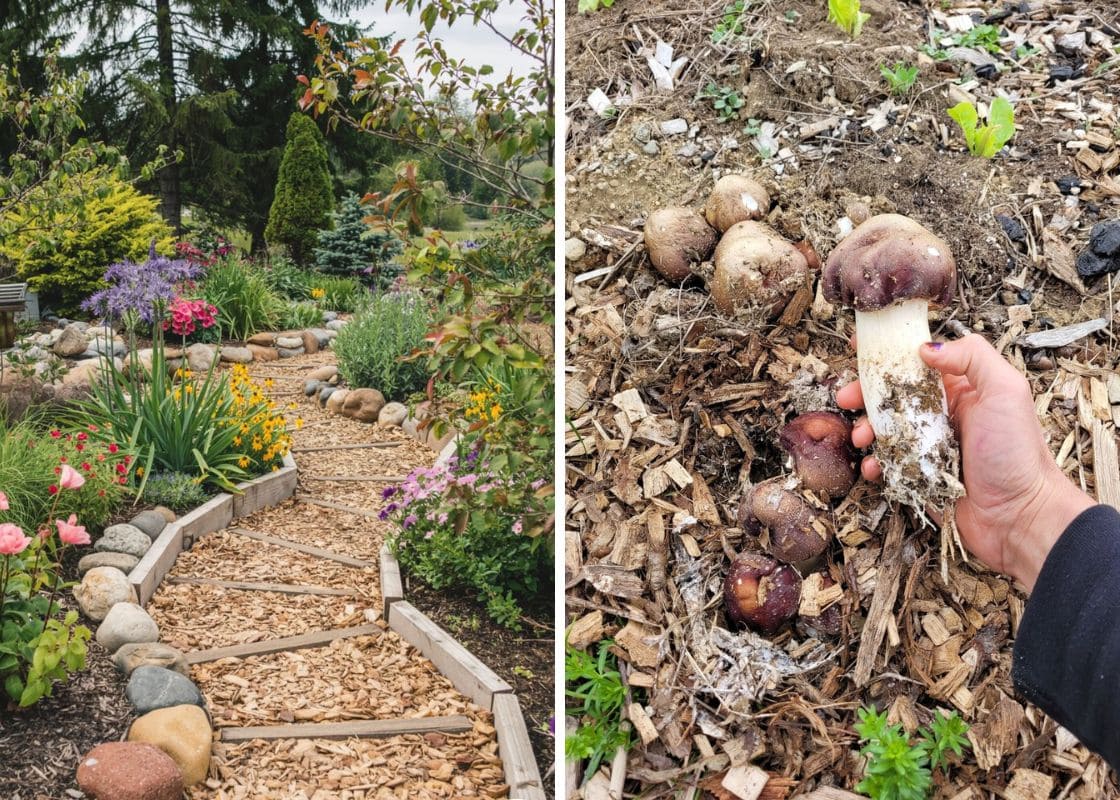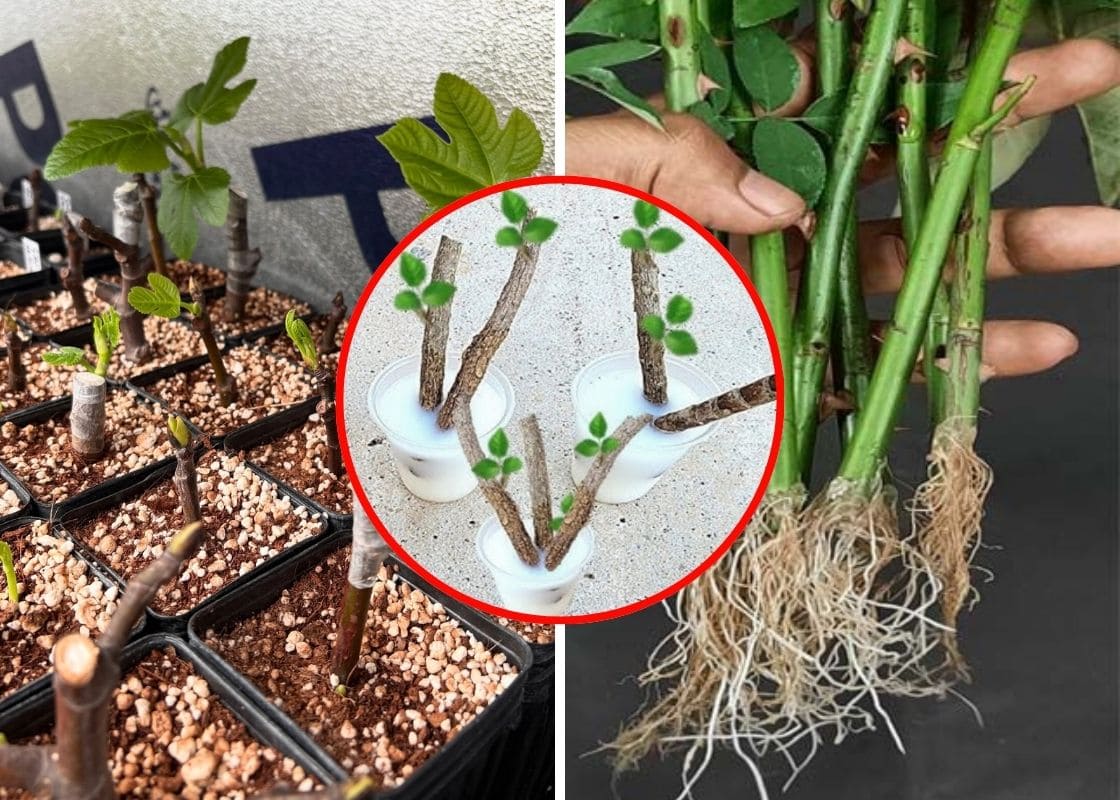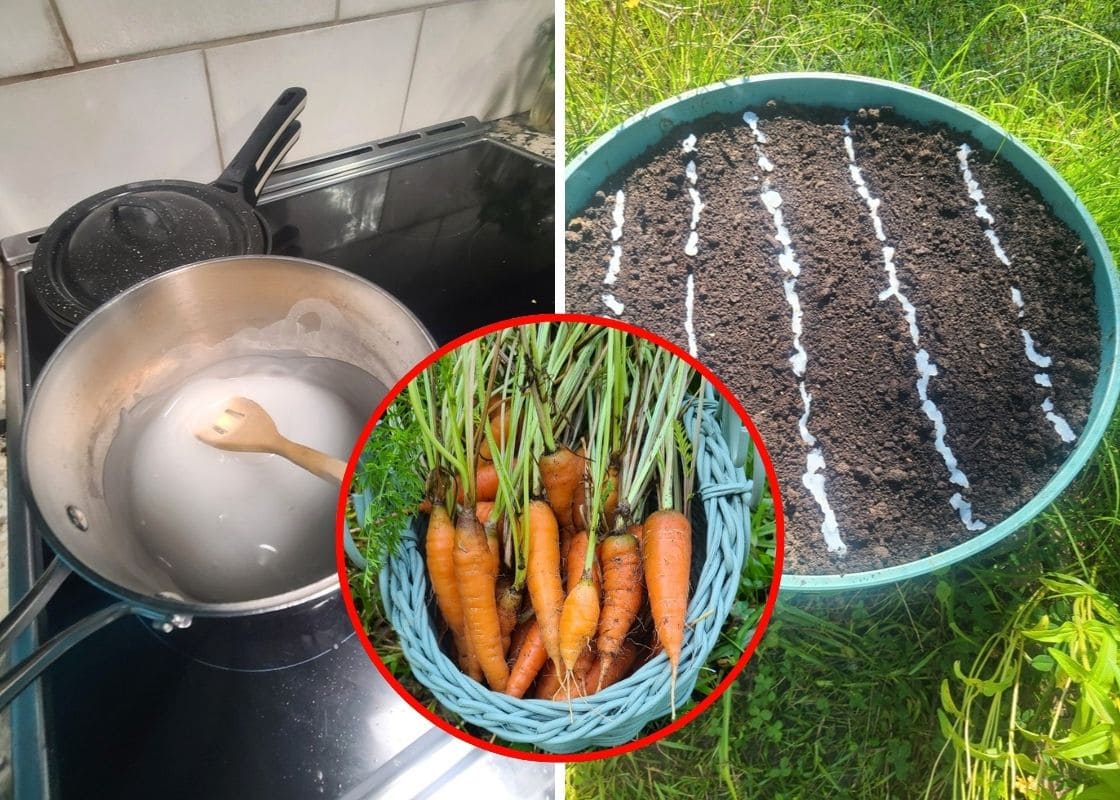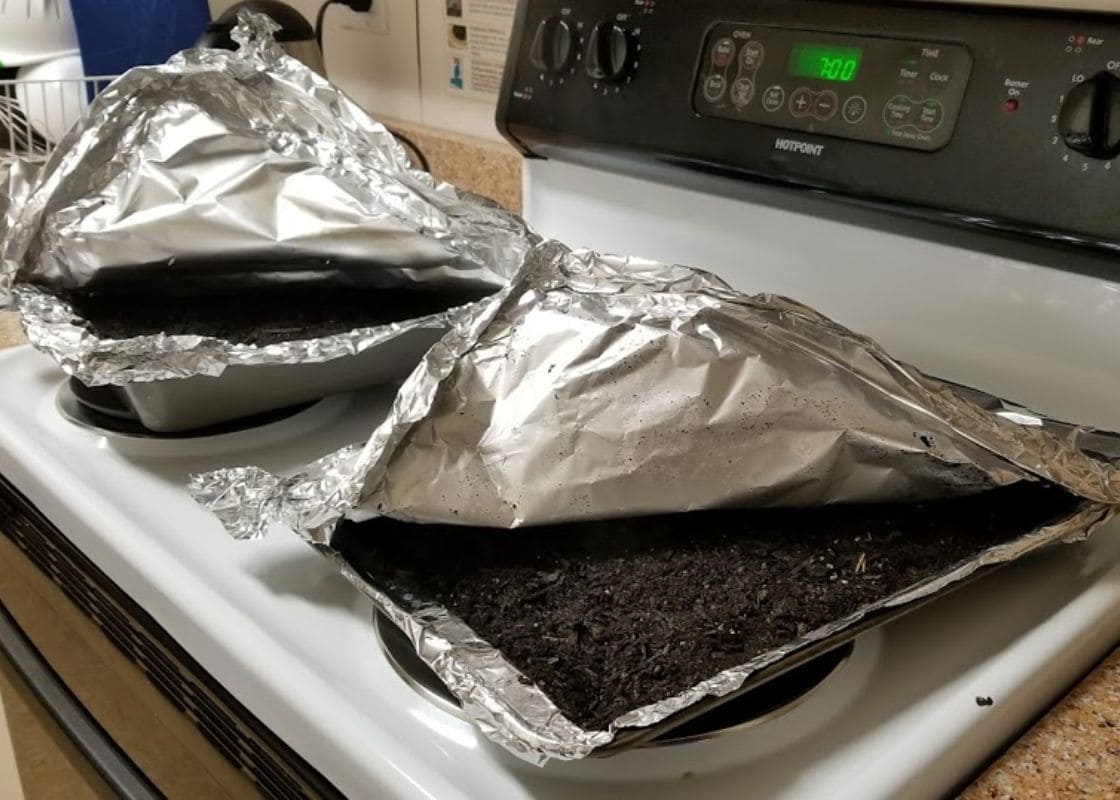If you’ve ever struggled with poor soil quality whether it’s too compacted, lacking nutrients, or failing to retain moisture, then I have a game-changing method for you.
Over the years, I’ve experimented with various ways to improve my garden soil, and one of the most powerful (yet underrated) solutions I’ve found is charcoal enrichment.
It’s a natural, long-lasting way to restore soil health, boost plant growth, and improve water retention, all while reducing waste.
Why Charcoal is a Garden Game-Changer
Charcoal is more than just burned wood, it’s a porous material that acts like a sponge, absorbing nutrients and holding them in the soil for plant roots to access over time.
It has been used for centuries, dating back to ancient civilizations like the Amazonian Terra Preta, where farmers created rich, fertile soils using biochar. The secret lies in its ability to:
- Improve soil structure, preventing compaction and promoting root growth.
- Increase nutrient retention, reducing the need for excessive fertilization.
- Enhance water retention, making it especially useful for sandy or drought-prone soils.
- Encourage beneficial microorganisms, which help decompose organic matter and support plant health.
- Reduce soil acidity, balancing pH levels and making nutrients more available to plants.
Types of Charcoal You Can Use
Not all charcoal is garden-friendly. You should stay away from commercial barbecue charcoal briquettes, as they often contain chemicals, binders, and additives that can harm your plants. Instead, opt for:
- Wood charcoal (lump charcoal) – Made from pure hardwood with no additives.
- Biochar – Specially processed charcoal designed for soil enrichment.
- Homemade charcoal – If you have access to a fire pit or wood stove, you can make your own from natural wood scraps.

How to Prepare Charcoal for Soil Enrichment
Adding raw charcoal directly to your garden isn’t the best approach, so it needs to be activated or charged first. Fresh charcoal is highly absorbent, meaning it can temporarily soak up nutrients before plants can benefit from it.
To prevent this, we need to pre-soak it with organic matter. Here’s what I do:
- Firstly, I break it into small pieces, around pea-sized or smaller. This increases surface area for nutrient absorption and microbial activity.
- Next, I soak it in compost tea or liquid fertilizer. You can use compost tea, diluted fish emulsion, or even a simple mix of water and aged manure.
- Once the charcoal has absorbed nutrients, blend it with compost or topsoil before applying it to your garden beds.
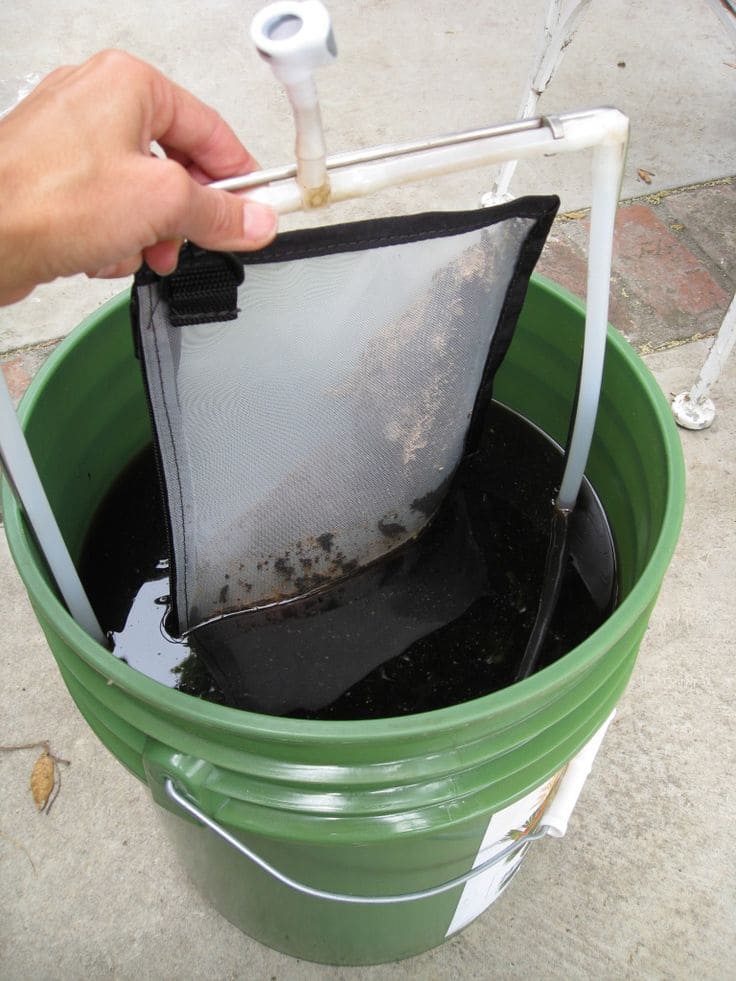
Applying Charcoal to Your Garden
The amount of charcoal you need depends on your soil type and garden size. A general guideline is 5-10% of the soil volume as too much can make the soil overly alkaline.
For raised beds or garden beds, you can mix the enriched charcoal into the top 6-8 inches of soil. This helps aerate the soil and ensures roots can access the stored nutrients.
Additionally, for pots and containers, you can add a small amount (around 10% of the total soil mix) to potting soil to prevent root rot by improving aeration and reducing the risk of overwatering.
And for lawn improvement, you can even revitalize a tired lawn by spreading fine charcoal over the grass and lightly raking it in. Over time, it will improve soil structure and encourage healthy root development.
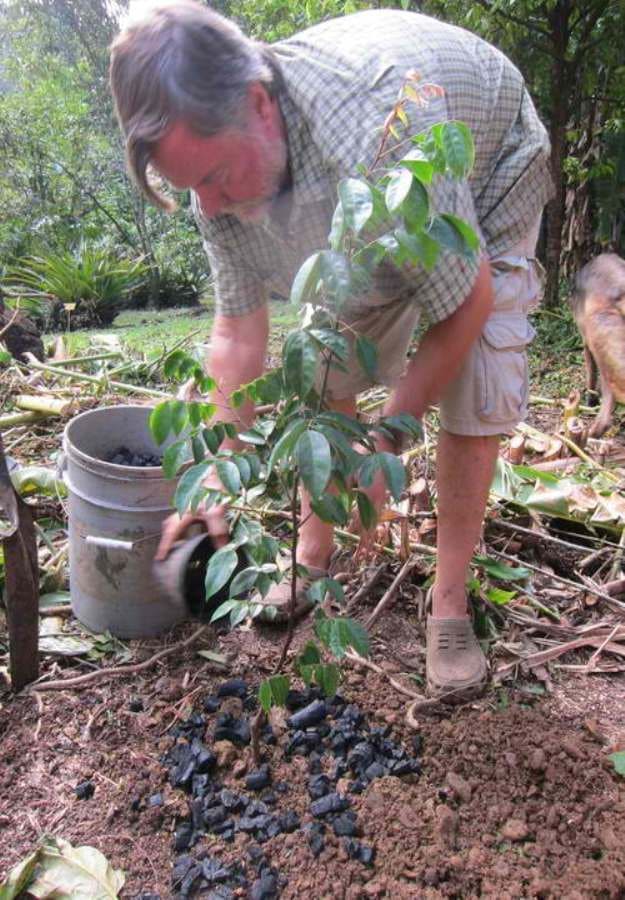
Maintaining Soil Health with Charcoal
One of the best things about charcoal enrichment is that it’s long-lasting unlike compost or fertilizers that break down over time, biochar stays in the soil for decades, continuously improving its quality.
However, for the best results, you should reapply small amounts each season, especially when adding fresh compost or rotate with organic matter, like aged manure or leaf mulch, to keep the soil biologically active.
Beside, monitor plant health, adjusting soil amendments if needed based on how plants respond.
